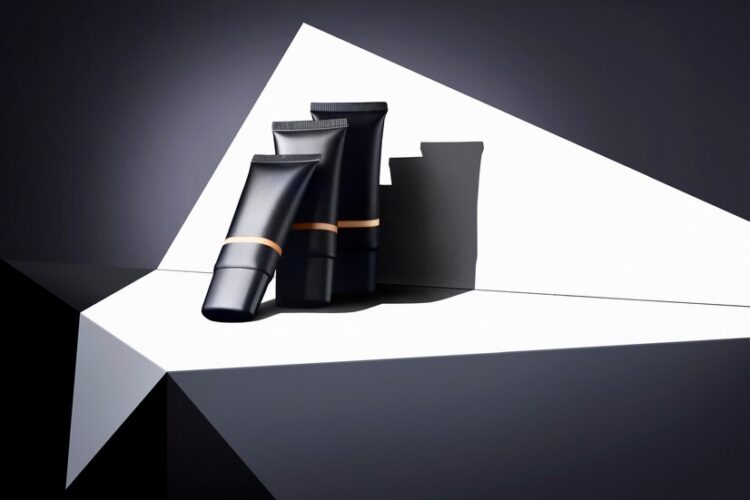Depth in Editing: The Role of Shadows and Reflections in Product Photography
Depth in Editing: The Role of Shadows and Reflections in Product Photography
In the competitive world of eCommerce, high-quality product images are essential for capturing customer attention. While proper lighting and composition are crucial, the addition of shadows and reflections can significantly enhance the visual appeal of a product. These elements add depth, realism, and a premium feel to product images, making them more engaging and trustworthy to potential buyers.
Why Shadows and Reflections Matter
Shadows and reflections help create a sense of depth and three-dimensionality in product photography. Without these elements, products can appear flat and unrealistic. Here’s how they contribute:
- Shadows Add Realism: Natural-looking shadows provide a grounding effect, making products appear as if they exist in a real-world environment rather than being digitally cut out and placed on a plain background.
- Reflections Enhance Luxury: Subtle reflections, especially for glossy products like electronics, jewelry, or high-end cosmetics, add a sleek and professional touch, reinforcing a brand’s premium image.
- Depth Improves Engagement: Products that visually stand out due to well-crafted shadows and reflections are more likely to attract and retain customer attention, leading to better conversion rates.
Types of Shadows in Product Photography
- Drop Shadows: These are commonly used to add a soft, realistic shadow beneath a product, making it appear naturally placed on a surface.
- Natural Shadows: Captured during the shoot, these shadows follow the natural light source and are enhanced in post-production to maintain authenticity.
- Cast Shadows: These are elongated or directional shadows that provide a dramatic effect, often used for fashion and accessories.
- Floating Shadows: Applied to make products appear as if they are slightly lifted above the surface, creating a sophisticated aesthetic.
The Power of Reflections in Editing
Reflections, when used effectively, can create a visually appealing and professional look. Here are some common types:
- Mirror Reflections: These add a stylish, high-end effect, often used for tech gadgets, watches, and perfumes.
- Soft Surface Reflections: A subtle reflection on a matte or soft surface adds a natural depth without overwhelming the product’s details.
- Symmetrical Reflections: Used strategically, symmetry through reflections can create a balanced and aesthetically pleasing image.
How Professional Editing Enhances Shadows and Reflections
While some shadows and reflections can be captured naturally during photography, professional editing ensures they are refined and consistent. Editing techniques include:
- Layering and Opacity Adjustments: Helps in achieving the right intensity and blending of shadows and reflections.
- Gradient and Blur Effects: Used to create realistic shadow transitions and soften reflections.
- Precision Masking: Ensures shadows and reflections are placed naturally, avoiding artificial appearances.
- Color and Contrast Adjustments: Fine-tuning brightness, contrast, and color balance to make reflections and shadows look authentic.
- Clipping Path and Background Removal: Often used to isolate the product and reintroduce custom shadows and reflections to match different backgrounds.
- 3D Rendering Techniques: For advanced product visualization, 3D techniques can simulate precise shadows and reflections to achieve a hyper-realistic look.
Best Practices for Using Shadows and Reflections in Product Photography
To achieve the best results in product images, consider the following:
- Consistency Across Images: Ensure uniform shadow and reflection styles for a cohesive catalog appearance.
- Subtlety is Key: Overuse of reflections or unnatural shadows can make products look artificial.
- Match the Light Source: Shadows and reflections should align with the original lighting direction to maintain realism.
- Test on Different Backgrounds: Check how shadows and reflections appear on white, dark, or transparent backgrounds for adaptability across various platforms.

Conclusion
Shadows and reflections play a vital role in making product photography more compelling. They not only add depth and realism but also contribute to the overall branding and aesthetic appeal of products. For businesses aiming to showcase their products professionally, high-quality image editing services can make all the difference.
At Outline Media Solutions, we specialize in enhancing product images through expert shadow and reflection editing. Our team ensures that every image stands out with depth, clarity, and precision. Whether you need drop shadows, realistic reflections, or customized enhancements, we help bring your products to life. Our expertise extends to creating stunning visuals that drive engagement and sales.


